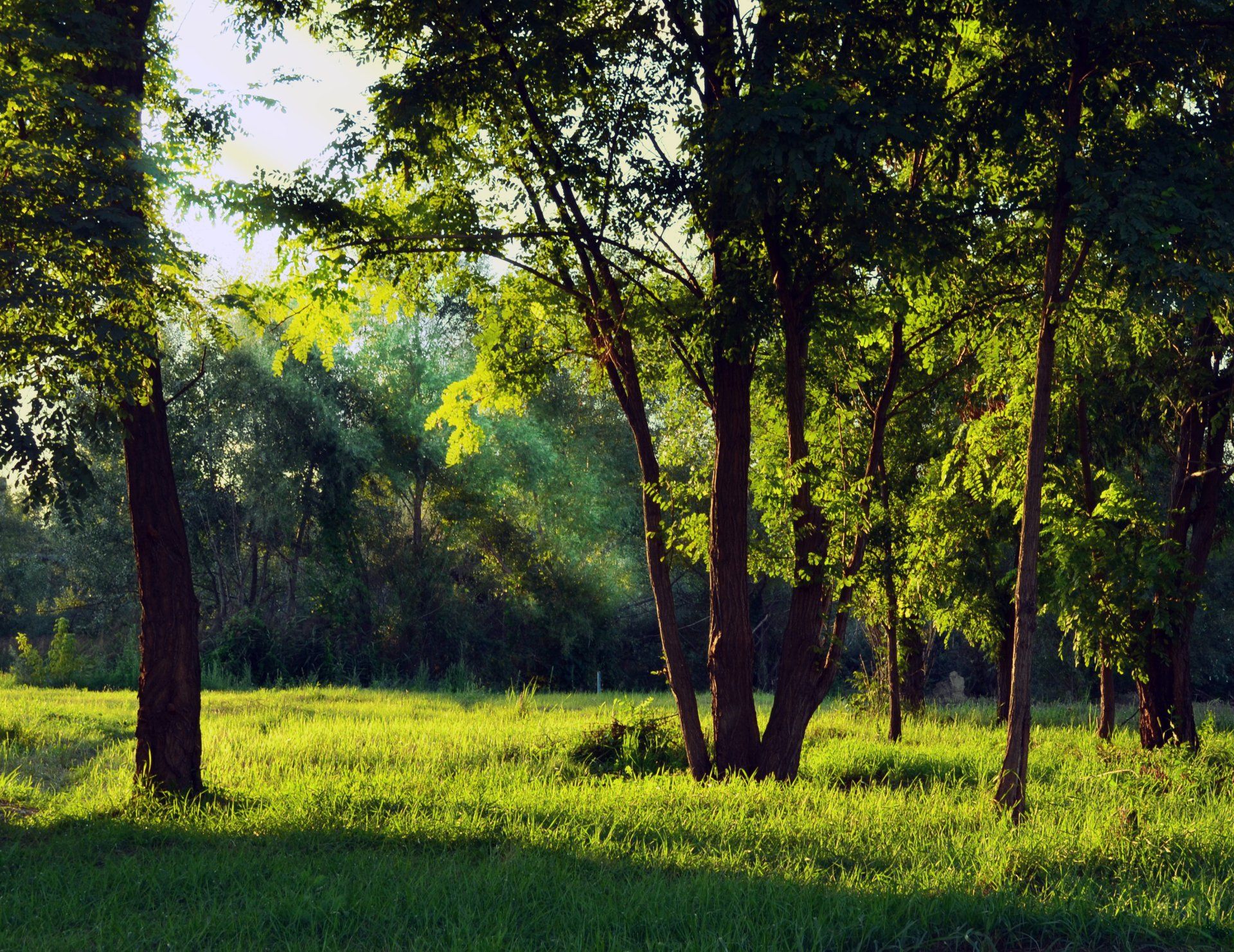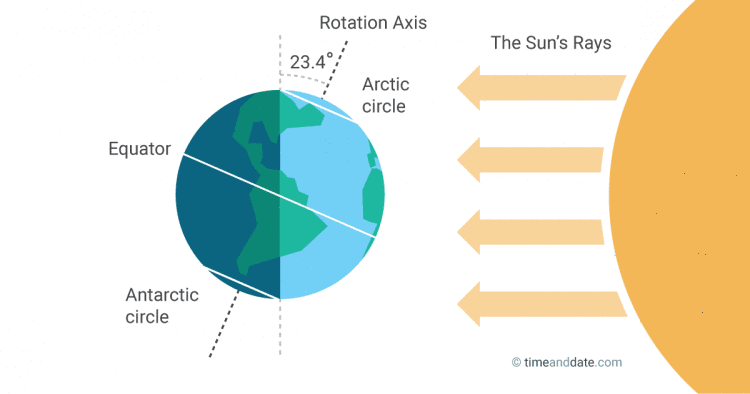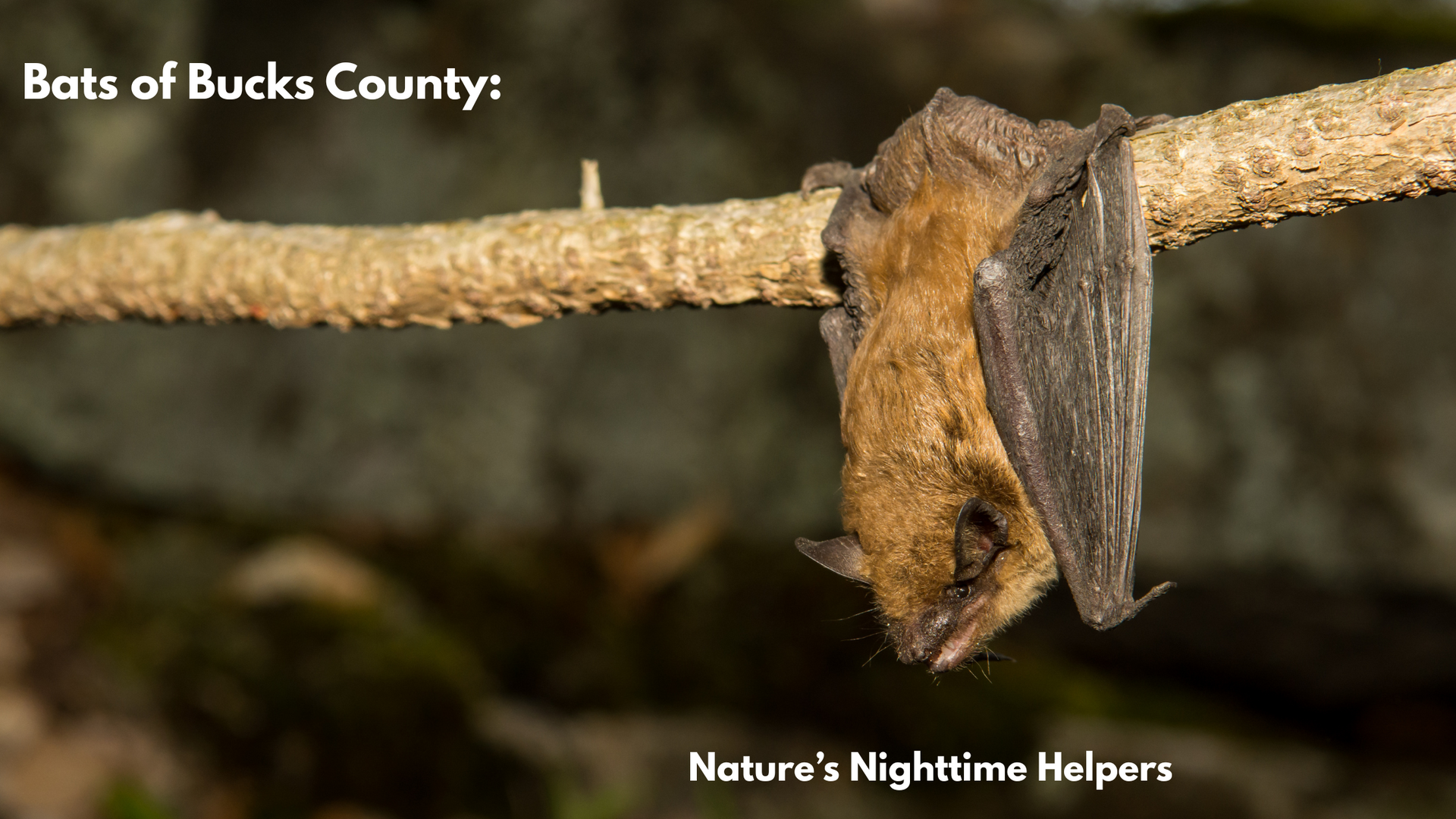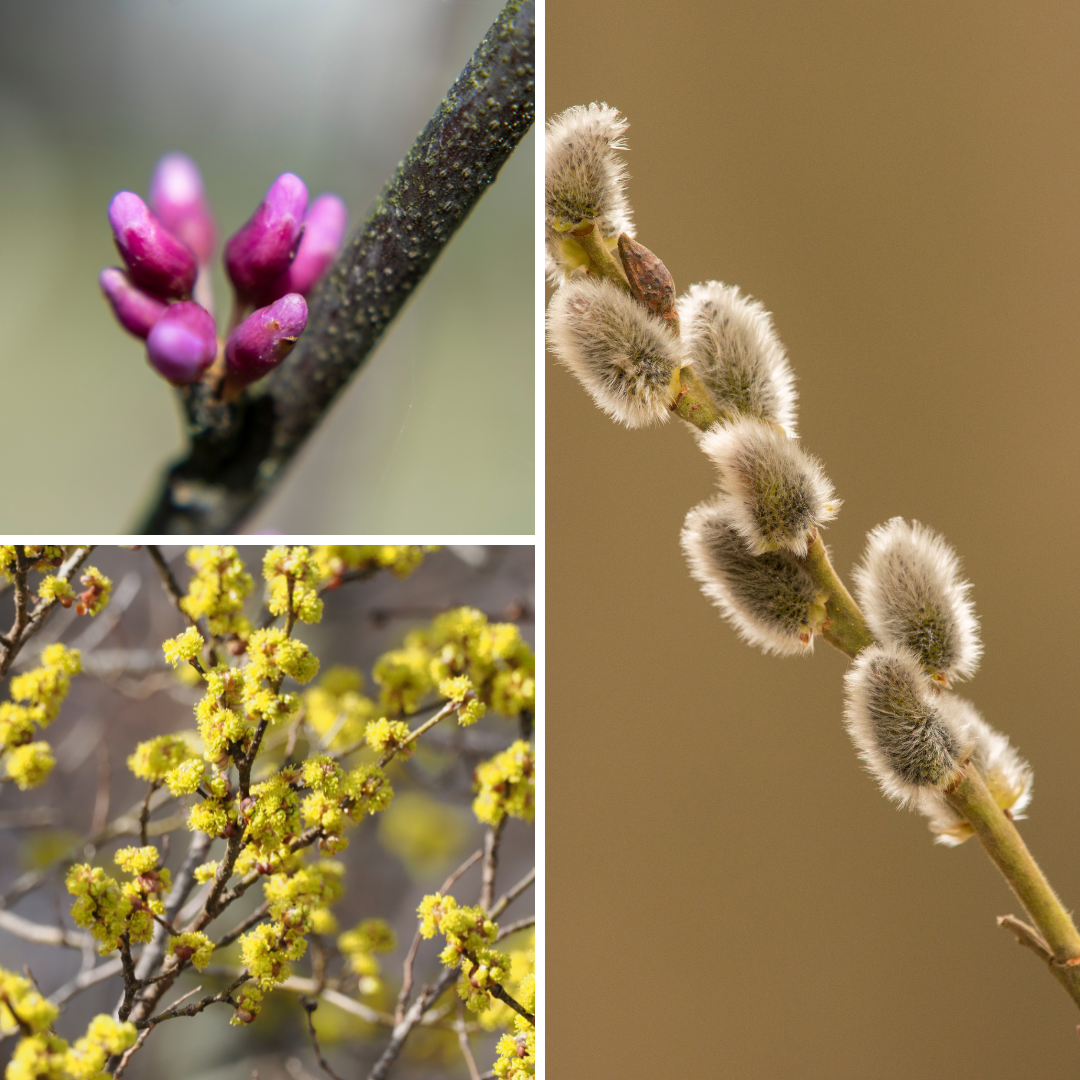June 21st is the longest day of the year!

As summer ramps up, long, hot, and sun-filled days become more and more abundant. Summer fun can start earlier and end later thanks to more sunlight. How about those summer sunsets? They are absolutely spectacular this time of year! It all comes to a head on June 21st, which is known as the summer solstice or midsummer. The name “midsummer” is a bit of a misnomer considering the solstice marks the first true day of summer. Since the solstice marks the high point of summer sun, this means that after June 21st, the days will begin to get shorter and shorter until the winter solstice in December.
You may have been taught that our seasons are caused by the Earth’s changing distance from the Sun. In reality, it is due to the 23-degree tilt of the Earth’s axis that the sun appears above the horizon for different lengths of time at different seasons. The tilt determines whether the sun’s rays strike at a low angle or more directly and this is how the four seasons we know are created and defined. See photo below for more details.
The term “solstice” comes from the Latin words sol (sun) and sistere (to stand still). At the solstice, the angle between the Sun’s rays and the plane of the Earth’s equator appears to stand still. This phenomenon is most noticeable at the Arctic Circle where the Sun hugs the horizon for a continuous 24 hours, thus the phrase “Land of the Midnight Sun”.
Sunlight has a major influence over our natural sleep-wake cycle. If you’ve fallen asleep with the curtains open and woken up with the sun beaming on your face, you know what I mean. Unlike humans, animals can control their own sleep-wake cycles naturally, even during the longest days of the year. These animals do away with their typical daily sleep routines and adapt to a new cycle for the season. In addition to sleep, the summer solstice can also affect the way an animal finds its food and eats. Many species can base their sleep schedules on their digestion. As soon as they feel they need to digest, they get some sleep, resulting in many naps throughout the day.
With the arrival of such an amazing solar event, many cultures, religions, and civilizations over thousands of years have found creative ways to celebrate midsummer. In Northern and Central European Neolithic cultures, the summer solstice may have been related to timings of crop cycles. It was typically marked by Celtic, Slavic, and Germanic people by lighting bonfires, intended to boost the sun’s strength for the remainder of the crop season and ensure a healthy harvest. The summer solstice has been an important event for humans to celebrate for over 11,000 years. Come join us on Tuesday, June 21st to celebrate this year’s summer solstice with a nice evening hike and campfire. No registration or fees required.





